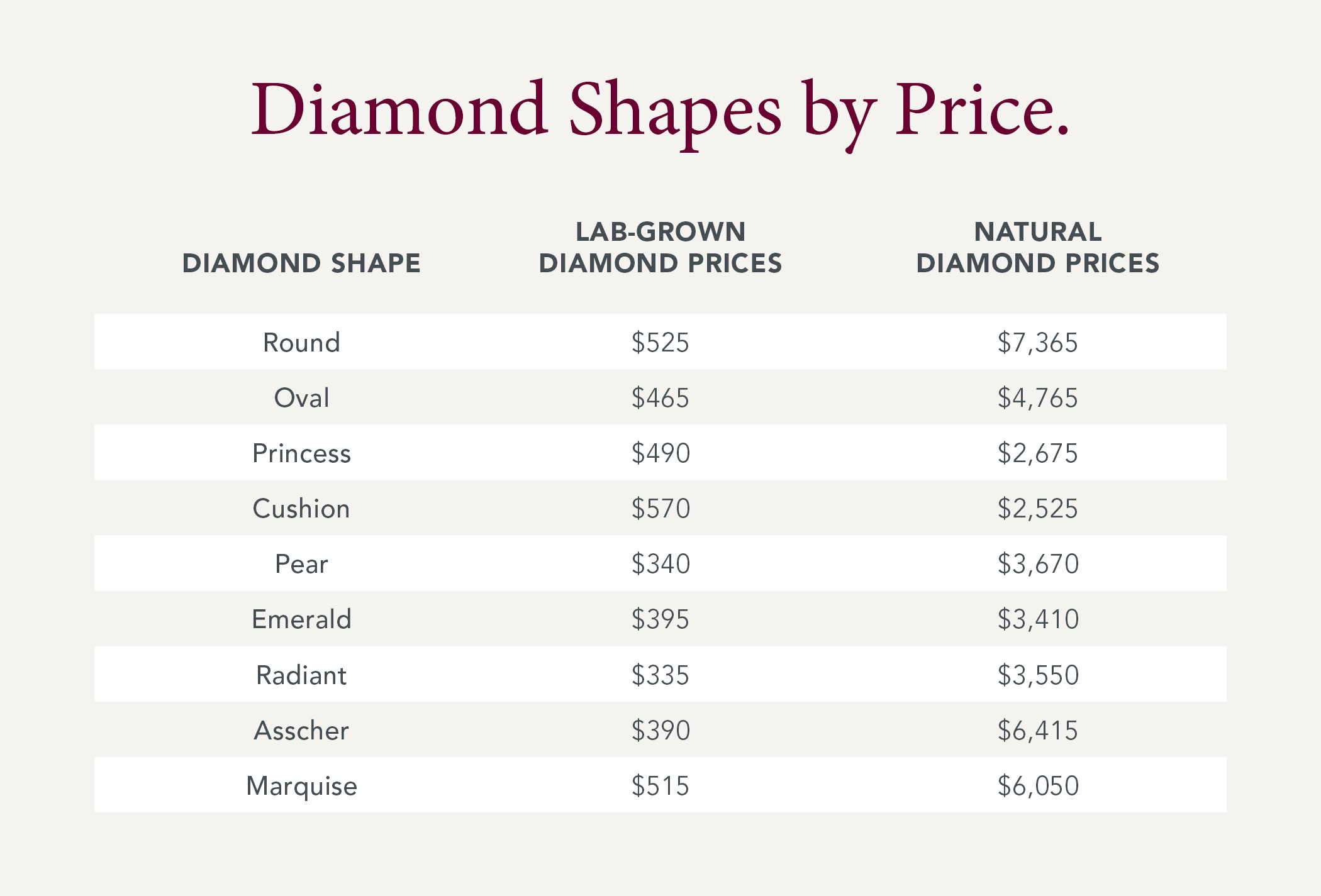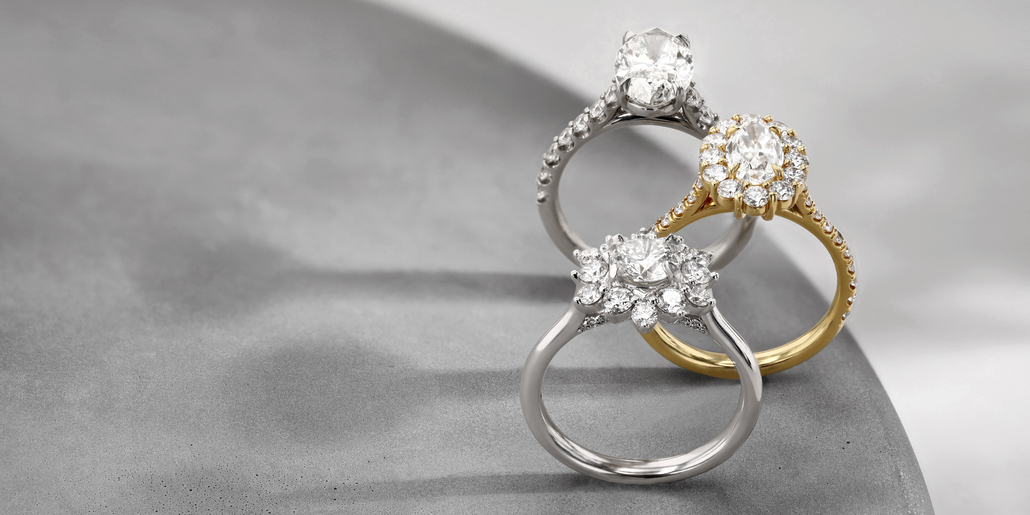Diamond shape Open in new windowaffects its price for several reasons, primarily due to the amount of raw material retained during cutting, market demand and the complexity of craftsmanship. Shapes that are cut with less wastage typically have a lower price per carat because more of the rough diamond is utilized. The most popular diamond shapes experience greater demand which, like any highly sought-after product, can drive up prices. Shapes that don’t meet the same universal demand are usually priced lower. Rarity also plays a role in pricing—diamond shapes that are less readily available or require exceptional skill to cut tend to come at a higher cost.
What Is the Most Expensive Diamond Shape?
The round brilliant cut Open in new window is by far the most popular diamond shape, accounting for about 70% of all diamond sales. This popularity comes at a premium—earning round diamonds Open in new window the title of the most expensive diamond shape. However, this isn’t the only factor driving up their price. The symmetrical design and superior light performance also play a part, while the cutting process itself leads to the highest material loss from the rough stone, further elevating overall value.
What Is the Most Affordable Diamond Shape?
Cushion Open in new window and princess Open in new window cuts are among the more economical diamond cut options, typically costing 20-30% less than round diamonds. Their shapes allow for more efficient use of rough diamond, reducing waste during the cutting process and helping to lower their price tag. However, it’s important to remember that the final cost can still vary based on the 4 C’s Open in new window.
What Diamond Shape Is the Best Value?
Compared to round diamonds, fancy shapes—such as princess, radiant, oval, pear, marquise and cushion cuts—tend to be more cost-effective per carat. This is partly because these shapes retain more of the rough diamond during the cutting process. Additionally, oval Open in new window, pear Open in new window and marquise Open in new window shapes may appear larger than their actual carat weight due to their elongated silhouette. This can make these shapes a more cost-effective option for buyers who want the appearance of a larger diamond without the premium cost associated with round cuts.
Emerald Open in new window and Asscher Open in new window cuts are more affordable than round cuts, but they require high clarity grades because their open faceting makes inclusions more visible. Buyers seeking these shapes should carefully balance price with clarity to ensure the best value.
The complex shape Open in new windows Open in new window of h Open in new windoweart Open in new window and trillion diamonds require precision cutting, which can increase their price relative to other fancy shapes.
Ultimately, only you can decide which shape best maximizes your budget while also fulfilling your desires.
Below is a price comparison of popular lab-grown and natural diamond shapes. The diamonds are all 1 carat, VS1 clarity and G color grade. Please note that these prices are subject to change at any time based on market fluctuations.

While diamond shape certainly influences price, it’s only part of the equation. Factors such as cut quality, carat weight, clarity and color will also determine how much you pay for your diamond. Explore our digital ring builder Open in new window, where you can easily filter by shape, price and a variety of other features to find your perfect diamond.

